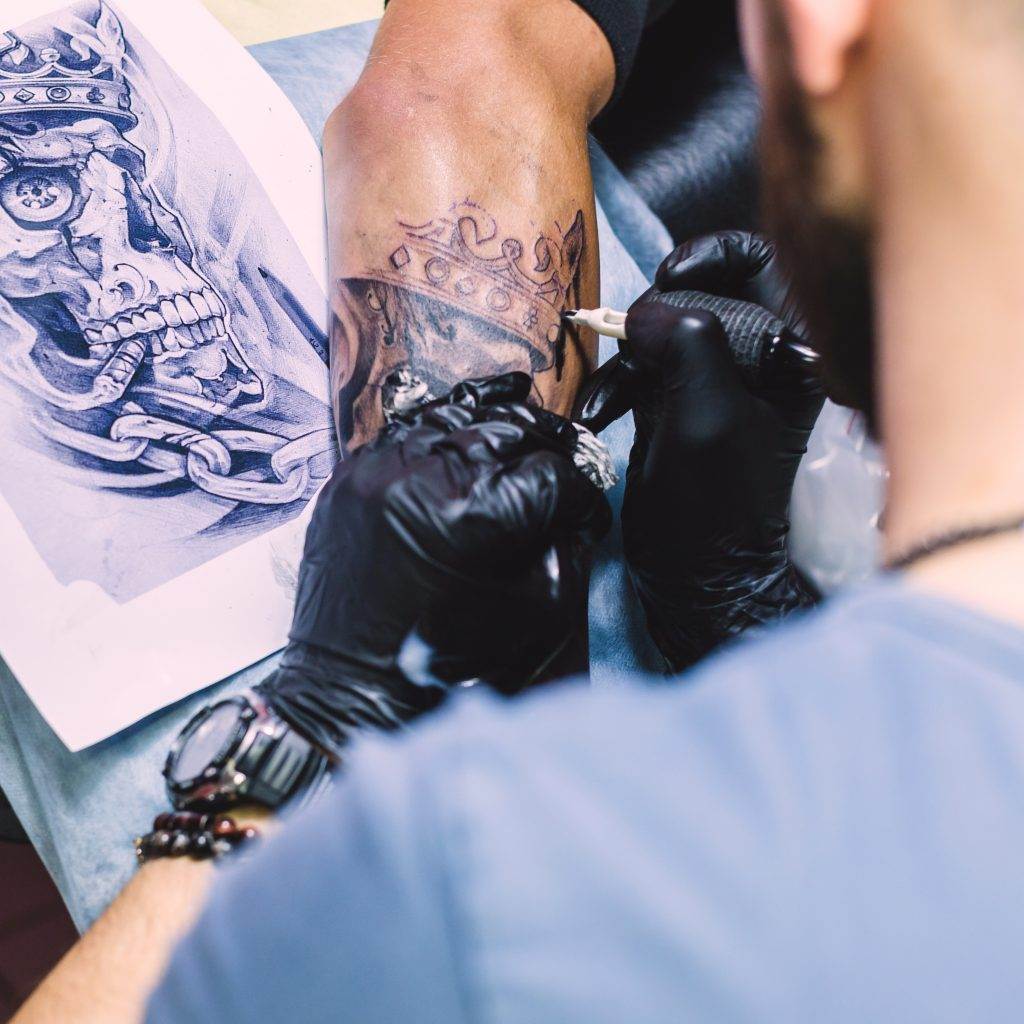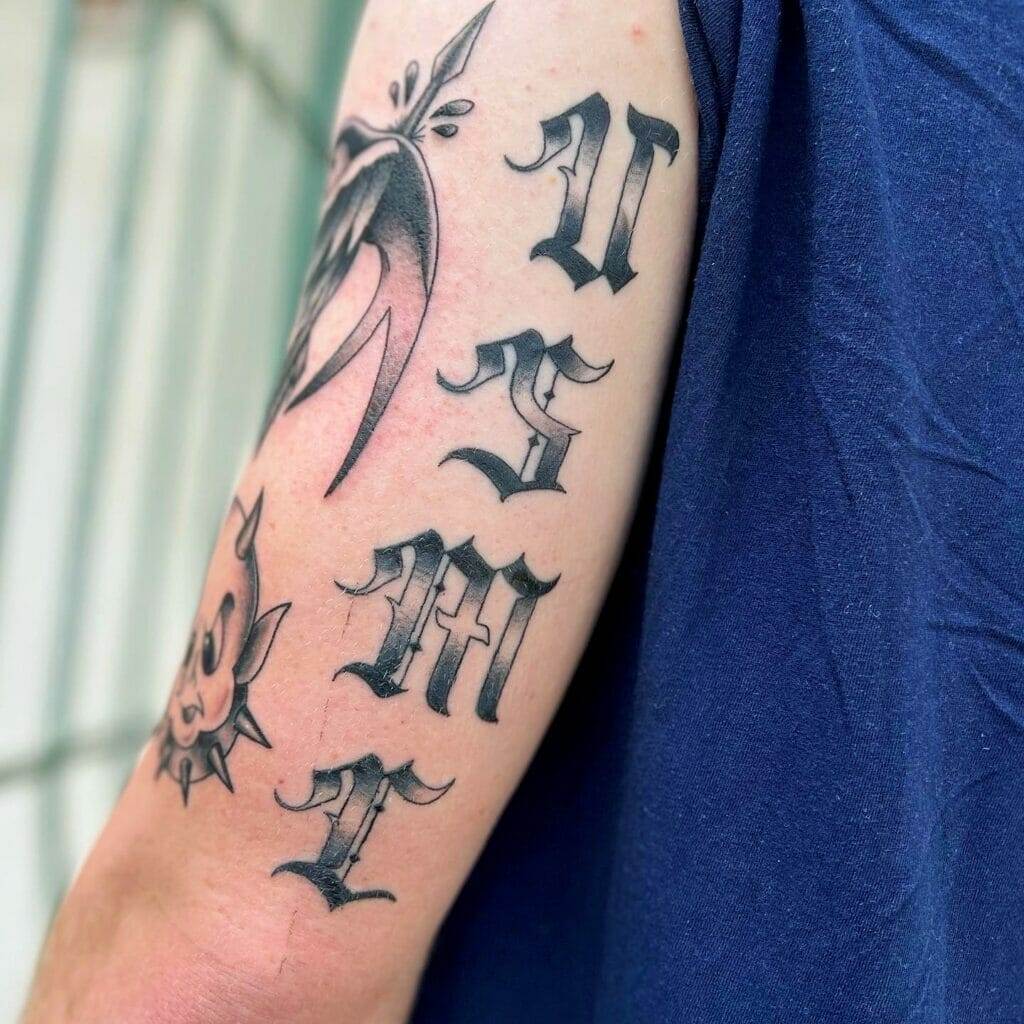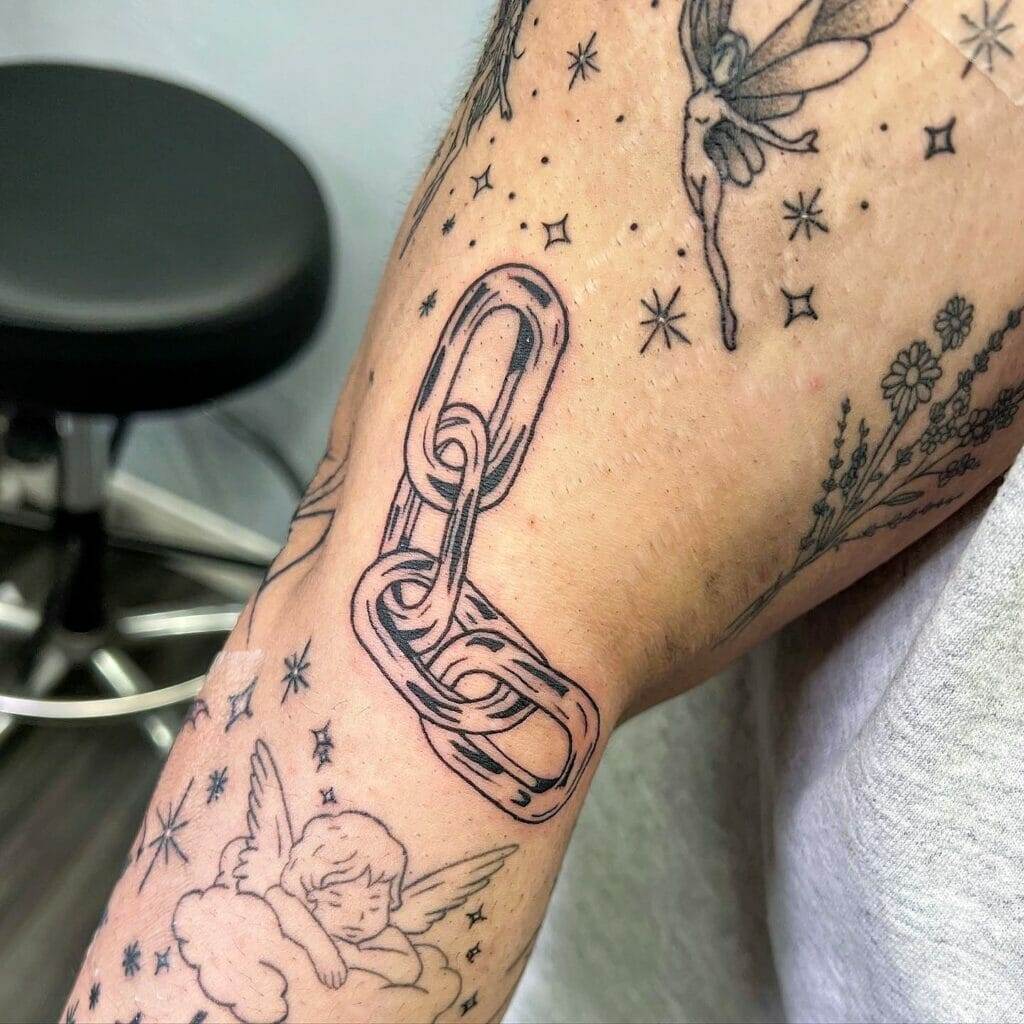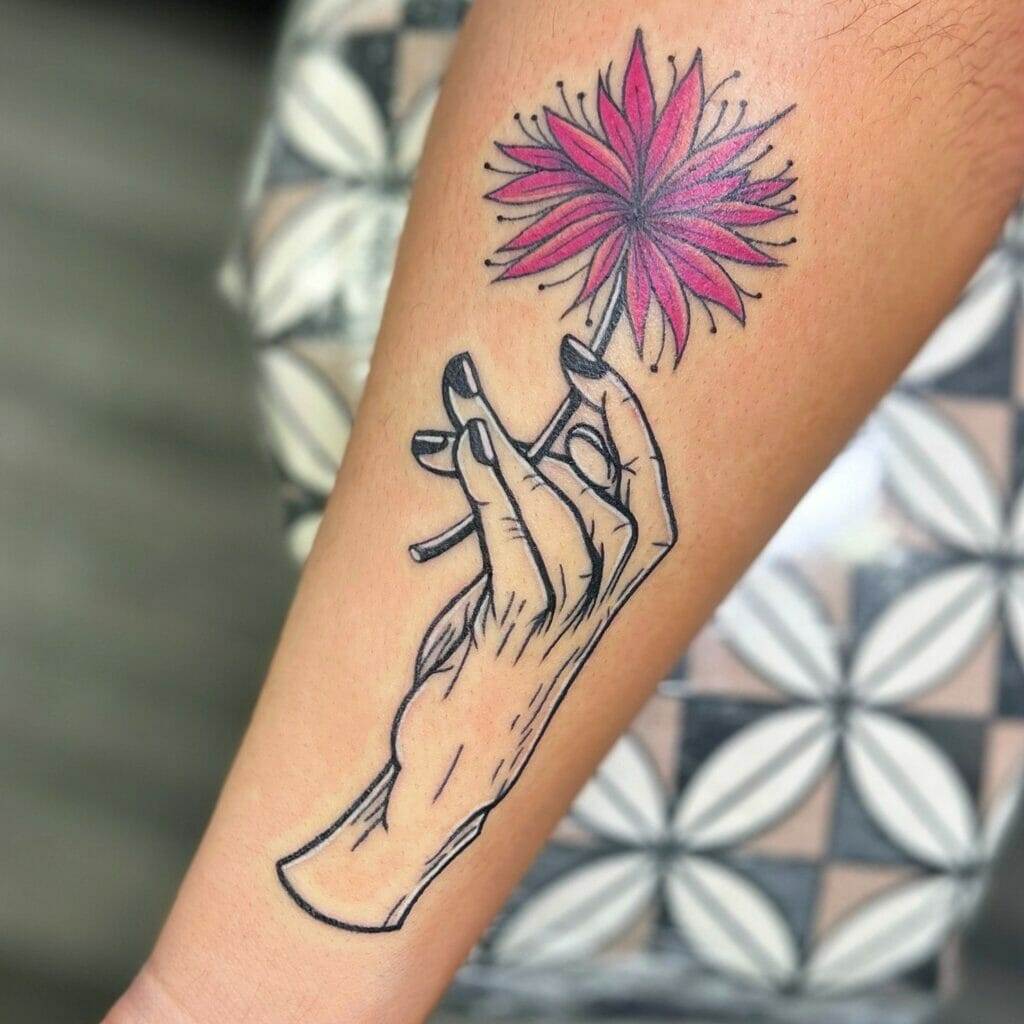Watercolor tattoos have become increasingly popular in recent years, captivating the attention of tattoo enthusiasts and artists alike. These unique tattoos are characterized by their vibrant colors and fluid, painterly appearance, resembling a watercolor painting on the skin. Unlike traditional tattoos that rely on bold outlines and solid colors, watercolor tattoos use a softer, more delicate approach to create stunning works of art. In this article, we will explore the world of watercolor tattoos, discussing their history, aesthetic appeal, finding the right artist, choosing the perfect design, caring for your tattoo, and much more.
What are Watercolor Tattoos and How are They Different from Traditional Tattoos?
Watercolor tattoos are a style of tattooing that mimics the appearance of a watercolor painting. They are characterized by their soft edges, blending colors, and lack of bold outlines. Unlike traditional tattoos that use solid colors and heavy black outlines to create a defined image, watercolor tattoos rely on translucent washes of color to create a more ethereal and artistic effect.
One of the key differences between watercolor tattoos and traditional tattoos is the technique used to apply the ink. Traditional tattoos typically involve using a tattoo machine with needles to puncture the skin and deposit ink into the dermis layer. Watercolor tattoos, on the other hand, often involve a more freehand approach, with artists using brushes or even their fingers to apply the ink onto the skin. This allows for a more fluid and organic application of color.
Another difference is the lack of black outlines in watercolor tattoos. Traditional tattoos often rely on bold black outlines to define the image and make it stand out. In contrast, watercolor tattoos often have softer edges or no outlines at all, giving them a more painterly and abstract appearance.
The History of Watercolor Tattoos and Their Rise in Popularity
The origins of watercolor tattoos can be traced back to the watercolor paintings of the Impressionist and Post-Impressionist movements in the late 19th and early 20th centuries. Artists such as Claude Monet and Vincent van Gogh used loose brushstrokes and vibrant colors to capture the essence of their subjects. This artistic style eventually made its way into the world of tattooing, with artists experimenting with watercolor techniques to create unique and visually striking tattoos.
In recent years, watercolor tattoos have experienced a surge in popularity. This can be attributed to several factors, including the rise of social media platforms like Instagram, where tattoo artists can showcase their work to a global audience. The internet has allowed for greater exposure and accessibility to different tattoo styles, leading to an increased interest in watercolor tattoos.
Watercolor tattoos have also gained popularity due to their unique aesthetic appeal. The soft, flowing colors and lack of bold outlines create a more delicate and artistic look, appealing to those who want a tattoo that stands out from traditional designs. Additionally, watercolor tattoos offer a more versatile and customizable option for individuals looking to express their creativity through body art.
The Unique Aesthetic of Watercolor Tattoos: Bold and Vibrant Colors

One of the defining characteristics of watercolor tattoos is their use of bold and vibrant colors. Unlike traditional tattoos that often rely on a limited color palette, watercolor tattoos embrace a wide range of hues, allowing for more creativity and expression.
Watercolor tattoos often feature a mix of bright and pastel colors, creating a visually striking contrast. The colors are applied in translucent washes, allowing them to blend together seamlessly and create a sense of depth and movement. This technique gives watercolor tattoos a unique ethereal quality that sets them apart from other tattoo styles.
In addition to their use of color, watercolor tattoos also incorporate shading techniques to add dimension and texture to the design. Artists use various techniques such as stippling, cross-hatching, and blending to create the illusion of light and shadow. This attention to detail enhances the overall aesthetic appeal of the tattoo and adds to its painterly quality.
Examples of watercolor tattoo designs can range from delicate floral arrangements to bold and abstract compositions. Some popular themes include animals, landscapes, and abstract shapes. The possibilities are endless, and each design is as unique as the individual wearing it.
Choosing the Perfect Design for Your Watercolor Tattoo: Inspiration and Ideas
Choosing the perfect design for your watercolor tattoo is an exciting part of the process. There are countless sources of inspiration to draw from, whether it be nature, art, or personal experiences. Here are some tips and ideas to help you find the perfect design for your watercolor tattoo:
1. Nature: Nature is a popular source of inspiration for watercolor tattoos due to its inherent beauty and vibrant colors. Consider incorporating elements such as flowers, animals, landscapes, or celestial bodies into your design. Each element can hold symbolic meaning or simply serve as a visually appealing focal point.
2. Art: Look to famous works of art or artistic movements for inspiration. Artists like Monet, van Gogh, and Klimt often used bold colors and expressive brushstrokes in their paintings, making them great references for watercolor tattoos. You can also explore different art styles such as abstract or surrealism for unique and eye-catching designs.
3. Personal Experiences: Consider incorporating elements from your own life into your watercolor tattoo. This could be a meaningful quote, a symbol that represents a significant event or person, or even a portrait of a loved one. Personalizing your tattoo adds an extra layer of meaning and makes it truly unique to you.
4. Customization: Work closely with your chosen tattoo artist to customize your design. They can help you bring your ideas to life and suggest ways to make the design more visually appealing or cohesive. Don’t be afraid to ask for changes or revisions until you are completely satisfied with the design.
Remember, the design you choose should be something that resonates with you and holds personal meaning. Take your time to explore different ideas and consult with your tattoo artist to ensure that the final design reflects your vision.
The Pros and Cons of Watercolor Tattoos: What You Need to Know Before Getting Inked
Before getting a watercolor tattoo, it’s important to consider the pros and cons associated with this style. While watercolor tattoos offer a unique and visually stunning aesthetic, there are certain factors to be aware of. Here are some pros and cons of watercolor tattoos:
Advantages of watercolor tattoos:
1. Unique Aesthetic: Watercolor tattoos stand out from traditional tattoos due to their soft edges, vibrant colors, and painterly appearance. They offer a more artistic and delicate look, appealing to those who want a tattoo that is visually striking and unconventional.
2. Versatility: Watercolor tattoos can be customized to suit individual preferences and styles. The wide range of colors and shading techniques allows for endless possibilities when it comes to design choices. Whether you prefer bold and abstract compositions or delicate floral arrangements, watercolor tattoos can accommodate a variety of tastes.
3. Personal Expression: Watercolor tattoos provide an opportunity for personal expression and storytelling. Each design can hold symbolic meaning or represent a significant event or person in the wearer’s life. The fluidity of the colors and the lack of bold outlines allow for a more nuanced and emotional representation of these personal narratives.
Potential drawbacks and risks:
1. Fading: Watercolor tattoos are more prone to fading compared to traditional tattoos. The nature of the technique and the use of translucent washes of color can result in a less permanent tattoo. However, with proper aftercare and touch-ups, the vibrancy of a watercolor tattoo can be maintained for a longer period.
2. Limited Detail: Due to the soft edges and lack of bold outlines, watercolor tattoos may not be suitable for intricate or highly detailed designs. The fluidity of the colors can make it challenging to achieve fine lines or small details. It’s important to discuss your design ideas with your tattoo artist to ensure that they can be effectively translated into a watercolor tattoo.
3. Skill Level of the Artist: Watercolor tattoos require a certain level of skill and expertise to achieve the desired effect. Not all tattoo artists are experienced in this style, so it’s important to find an artist who specializes in watercolor tattoos and has a portfolio that demonstrates their proficiency in this technique.
Considerations before getting a watercolor tattoo:
1. Research and Consultation: Take the time to research different artists and consult with them before making a decision. Discuss your expectations, ask about their experience with watercolor tattoos, and inquire about their aftercare recommendations. This will help you make an informed decision and ensure that you are prepared for the process.
2. Aftercare: Proper aftercare is crucial for the longevity and vibrancy of your watercolor tattoo. Follow your artist’s instructions carefully and avoid exposing your tattoo to excessive sunlight, chlorine, or abrasive materials during the healing process. Regular touch-ups may also be necessary to maintain the colors and overall appearance of your tattoo.
3. Personal Preference: Ultimately, the decision to get a watercolor tattoo should be based on personal preference and style. Consider whether the unique aesthetic of watercolor tattoos aligns with your own taste and if it complements your desired design. It’s important to choose a tattoo style that you will be happy with for years to come.
Caring for Your Watercolor Tattoo: Tips for Longevity and Vibrancy
Proper aftercare is essential for the longevity and vibrancy of your watercolor tattoo. Here are some tips to help you care for your tattoo:
1. Follow Your Artist’s Instructions: Your tattoo artist will provide you with specific aftercare instructions tailored to your watercolor tattoo. Follow these instructions carefully, as they will help ensure proper healing and minimize the risk of infection or fading.
2. Keep Your Tattoo Clean: Gently wash your tattoo with mild, fragrance-free soap and lukewarm water. Avoid using harsh or abrasive cleansers, as they can irritate the skin and affect the colors of your tattoo. Pat the area dry with a clean towel or let it air dry.
3. Moisturize Regularly: Apply a thin layer of fragrance-free, non-comedogenic moisturizer to your tattoo to keep the skin hydrated. Avoid petroleum-based products, as they can clog pores and hinder the healing process. Moisturizing regularly will help prevent dryness and flaking, which can affect the appearance of your tattoo.
4. Protect from Sun Exposure: UV rays can cause fading and discoloration in tattoos, so it’s important to protect your watercolor tattoo from excessive sun exposure. Apply a broad-spectrum sunscreen with a high SPF to the tattooed area whenever it will be exposed to sunlight. Reapply sunscreen every two hours or as directed on the product label.
5. Avoid Swimming and Excessive Moisture: Avoid swimming in pools, hot tubs, or natural bodies of water until your tattoo is fully healed. Excessive moisture can disrupt the healing process and increase the risk of infection. Additionally, avoid soaking your tattoo in water for prolonged periods, such as taking long baths or spending extended time in saunas or steam rooms.
6. Avoid Scratching or Picking: Itching is a normal part of the healing process, but it’s important to resist the urge to scratch or pick at your tattoo. Scratching can damage the delicate skin and affect the colors of your tattoo. If itching becomes unbearable, gently pat the area with a clean, damp cloth or apply a fragrance-free, non-comedogenic moisturizer to alleviate discomfort.
By following these aftercare tips, you can help ensure that your watercolor tattoo remains vibrant and beautiful for years to come.

Watercolor Tattoos and Body Placement: Where to Get Inked for Maximum Effect
Choosing the right body placement for your watercolor tattoo is crucial for maximizing its visual impact. Here are some factors to consider when deciding where to get inked:
1. Size and Detail of the Design: The size and level of detail in your watercolor tattoo will influence the ideal placement. Larger, more intricate designs may be better suited for areas with more surface area, such as the back, thigh, or upper arm. Smaller, simpler designs can be placed on areas like the wrist, ankle, or behind the ear.
2. Visibility and Accessibility: Consider how visible you want your watercolor tattoo to be. If you prefer a more discreet placement, areas like the ribcage, hip, or upper thigh can provide more privacy. On the other hand, if you want your tattoo to be more visible, areas like the forearm, shoulder, or calf may be more suitable.
3. Pain Tolerance: Different areas of the body have varying levels of pain tolerance. For example, the fingertips and lips are known to be highly sensitive, while areas like the back or thighs tend to have a higher pain threshold. This variation in pain tolerance can be attributed to the density of nerve endings in each area. Additionally, individuals may also have different pain thresholds based on their genetics, previous experiences with pain, and psychological factors such as anxiety or fear. It is important to consider these factors when assessing and managing pain in individuals.



